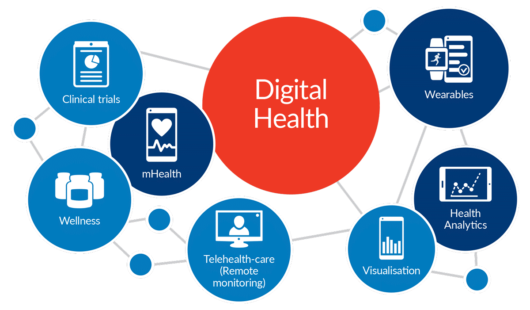The World Health Organisation (WHO) has released 10 new recommendations on how to harness the power of digital technologies in achieving universal health coverage, for the benefits of everyone across the globe.
Announcing the digital guidelines through a press release, the WHO Director General, Dr Adhanom Ghebreyesus Tedros said ultimately, digital technologies are not ends in themselves, but they are vital tools to promote health, keep the world safe, and serve the vulnerable.
The guidelines encourage policy-makers and implementers to review and adapt to these conditions if they want digital tools to drive tangible changes and provides guidance on taking privacy considerations on access to patient data.
Tedros revealed the efforts of the institution over the past two years, how they systematically reviewed evidence on digital technologies and consulted with experts from around the world to produce recommendations on some key ways such tools may be used for maximum impact on health systems and people’s health.
He said one digital intervention already having positive effects in some areas is sending reminders to pregnant women to attend antenatal care appointments and having children return for vaccinations. Other digital approaches reviewed include decision-support tools to guide health workers as they provide care; and enabling individuals and health workers to communicate and consult on health issues from across different locations.

“The use of digital technologies offers new opportunities to improve people’s health,” says Dr Soumya Swaminathan, Chief Scientist at WHO. “But the evidence also highlights challenges in the impact of some interventions.”
She added: “If digital technologies are to be sustained and integrated into health systems, they must be able to demonstrate long-term improvements over the traditional ways of delivering health services.”
She cited for example, how the guideline points to the potential to improve stock management. Digital technologies enable health workers to communicate more efficiently on the status of commodity stocks and gaps. However, notification alone is not enough to improve commodity management; health systems also must respond and take action in a timely manner for replenishing needed commodities.
The guidelines demonstrated that health systems need to respond to the increased visibility and availability of information. People also must be assured that their own data is safe and that they are not being put at risk because they have accessed information on sensitive health topics, such as sexual and reproductive health issues.
Health workers need adequate training to boost their motivation to transition to this new way of working and need to use the technology easily. The guideline stresses the importance of providing supportive environments for training, dealing with unstable infrastructure, as well as policies to protect privacy of individuals, and governance and coordination to ensure these tools are not fragmented across the health system.
The guideline also emphasizes the importance of reaching vulnerable populations, and ensuring that digital health does not endanger them in any way.












Like!! I blog frequently and I really thank you for your content. The article has truly peaked my interest.